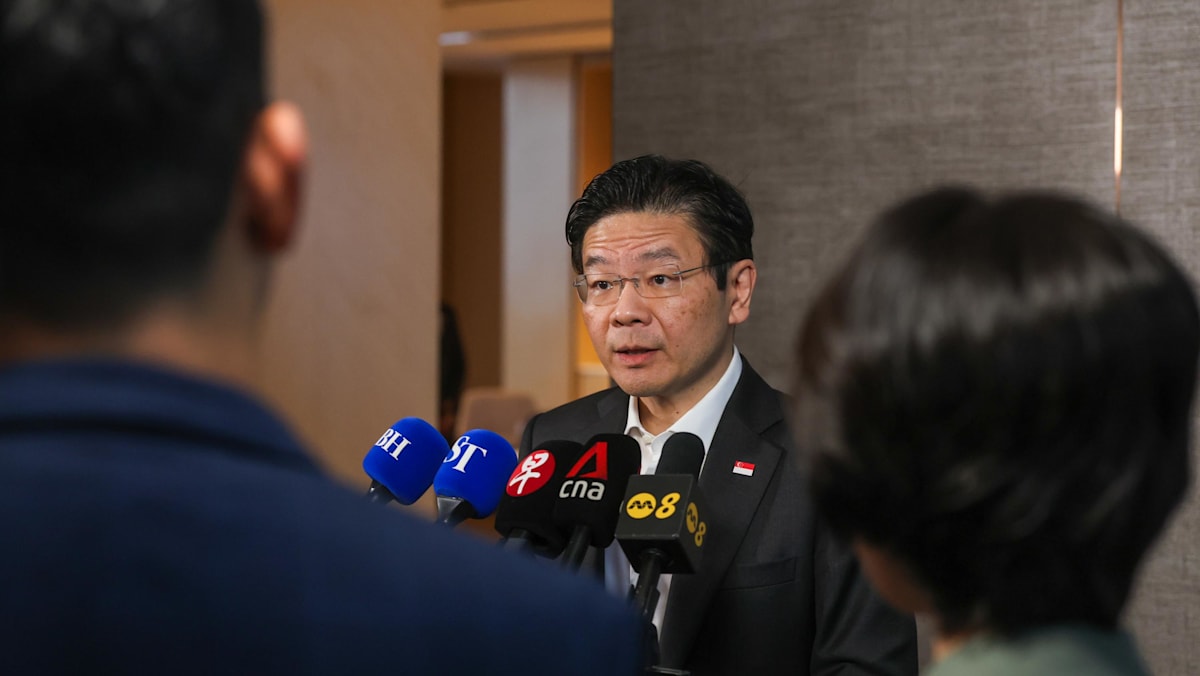How else can banks intervene?
Prior to the latest measure, banks were already strengthening their technology capabilities and control frameworks in recent years, said Ms Singh.
In 2023, major lenders rolled out anti-malware measures to restrict customers from accessing banks’ digital services if apps from unverified app stores are detected.
Several banks also introduced a “money lock” feature, which allowed customers to set aside funds that cannot be transferred out of their accounts digitally.
In October 2024, the Monetary Authority of Singapore (MAS) rolled out guidelines on a framework to define how losses from phishing scams will be shared between financial institutions and consumers.
Under the framework, financial institutions must impose a 12-hour cooling-off period upon activation of digital security tokens, during which certain activities cannot be carried out.
More recently, parliament passed a Protection from Scams Bill in January, which allows the police to order banks to restrict transactions of potential scam victims.
Is the bank-customer dynamic changing?
Taken together, some may perceive banks as exercising increasing control over customer funds. But Assoc Prof Law emphasised that legally speaking, the money in the bank still belongs to customers.
White Byte’s Ms Yong added that the risk of giving customers full control is that they may be unaware of precautions to take.






